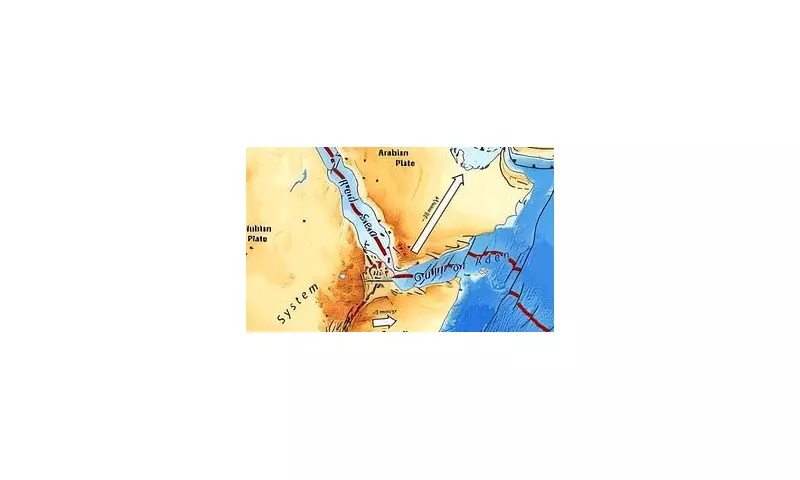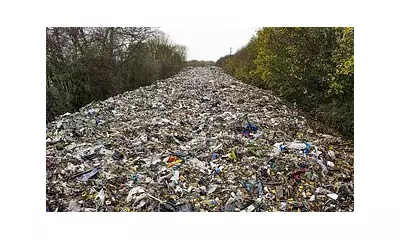
The Great Continental Divide: Africa's Slow-Motion Split
In a remarkable geological discovery that reads like science fiction, Africa is gradually separating into two distinct continents according to new research from Keele University. This monumental split, which began tens of millions of years ago, continues to reshape the African landscape at an imperceptibly slow pace.
Scientists analysing magnetic data have uncovered compelling evidence of the ongoing separation between Africa and Arabia. These landmasses were once seamlessly connected like pieces in a geological jigsaw puzzle, but have been steadily pulling apart over millennia.
The Rift That's Tearing Africa Apart
The separation is progressing from northeast to southwest, moving through the continent like a zipper on a jacket. This dramatic process is accompanied by significant volcanic activity and earthquakes, signalling the powerful forces at work beneath the Earth's surface.
When the split finally completes in approximately five to ten million years, Africa will consist of two separate landmasses. The larger western portion will include countries such as Egypt, Algeria, Nigeria, and Ghana, while the smaller eastern segment will contain Somalia, Kenya, Tanzania, Mozambique and much of Ethiopia.
Professor Peter Styles, geologist at Keele University, emphasised the significance of these findings: "These findings give a unique perspective on how our planet is constantly changing and shifting right beneath our feet."
Uncovering Ancient Secrets Through Magnetic Data
The research team employed sophisticated analysis of magnetic data originally collected in 1968 and 1969 using airborne instruments. By digitising this historical information from the Afar region and combining it with additional vintage magnetic data from the Red Sea and Gulf of Aden, scientists gained unprecedented insights into the continent's gradual transformation.
The study focused on the principles of plate tectonics, which explain how Earth's continental configurations have dramatically changed over geological time. The process mirrors how larger tectonic plates fragmented millions or billions of years ago, creating new oceanic crust through seafloor spreading.
Researchers identified the East African Rift as the primary fracture point in this continental separation. This massive tectonic feature stretches approximately 4,000 miles long and averages 30-40 miles wide, extending from Jordan in southwestern Asia down through eastern Africa to Mozambique.
The eventual continental divide will follow the path of this rift, potentially splitting enormous East African lakes like Lake Malawi and Lake Turkana as the separation progresses.
The Afar Region: Ground Zero for Continental Division
The investigation concentrated on the Afar region where the Red Sea meets the Gulf of Aden – a rare location where three tectonic rifts converge. This triple junction includes the Main Ethiopian Rift, the Red Sea Rift, and the Gulf of Aden Rift.
Analysis revealed that seafloor spreading stripes run from the Gulf of Aden westwards into the Afar Depression, providing clear evidence of the separation process that began tens of millions of years ago.
Beneath the Gulf of Aden, a plume of molten mantle rock pulses upward, carrying distinct chemical signatures to the tectonic plates above. As these plates move apart at varying speeds, forming rifts of different widths, the molten material flows downward through each rift.
Dr Emma Watts, a geochemist at Swansea University not involved in the study, explained that the African split is currently progressing at 5-16 mm per year in the northern part of the rift. She noted: "Regarding timescales, this process of Africa being torn apart will take several million years before it is completed."
The full findings, published in the Journal of African Earth Sciences, provide crucial understanding of continental break-up and the earliest stages of ocean development. While the process unfolds too slowly for humans to perceive, it represents one of the most significant geological transformations occurring on our planet today.





